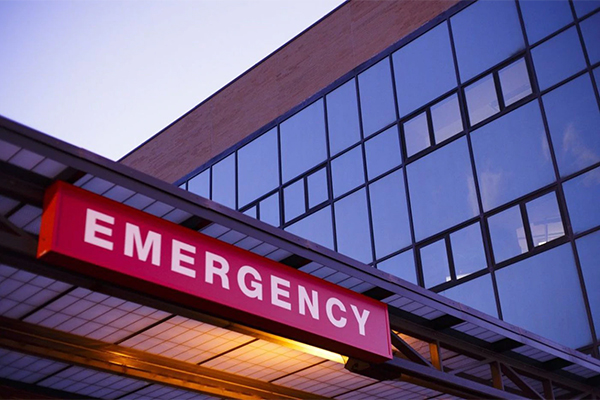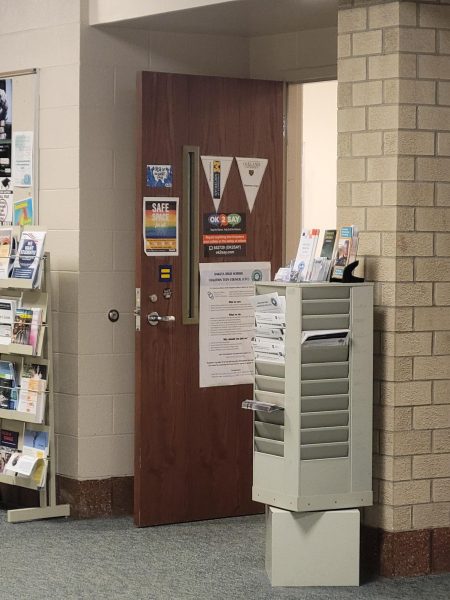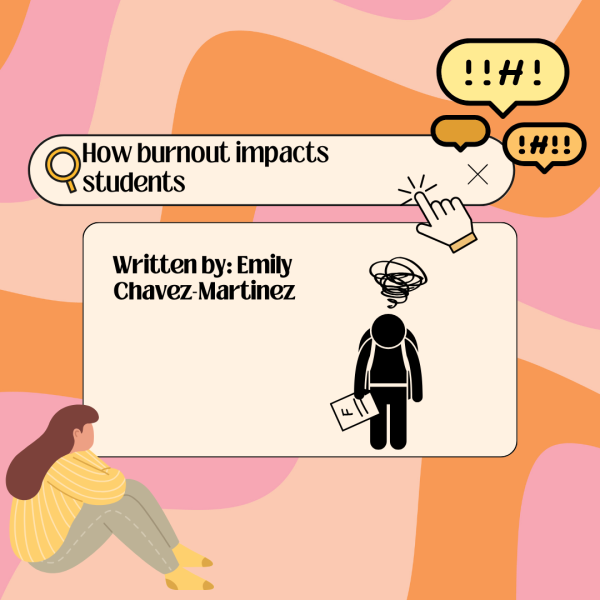The Emergency Room vs. Urgent Care: Where Should You Go?
What is the difference between the two? When should you go? This article will cover these basics and beyond.
With so many individuals sick, appointments are filling, and many can’t receive the help they desire when they need it. Thus, they turn to the ER when it is not a life-threatening emergency, flooding the hospitals when the patients could have visited Urgent Care. In another scenario, a patient could go to an Urgent Care center when they are in desperate need of an Emergency Room. What is the difference between the two? When is it appropriate to visit the facilities? This article will discuss this as well as potential symptoms to look for when trying to choose where to go.
Urgent Care
Urgent care is the “middle ground” between your primary care doctor and the ER. Urgent Care centers usually are not equipped with the advanced medical procedures and equipment that the Emergency Room has, so they are for the less severe cases. For example, if there are no appointments available with your primary care doctor, then you can schedule an appointment or have a walk-in appointment with a Urgent Care near you (Scripps) (Advance ER).
Examples (Physician One Urgent Care) (Mayo System Health Clinic):
- Different variants of the cold
- Influenza A or B
- Earaches/ear infections
- A follow-up appointment
- X-rays, MRI scans, or a screening
- Sore throats
- Migraines or a relatively strong headache
- Sprains, fractures, or broken bones
- Low-grade fevers
- Small cuts
- 1st or 2nd degree burns
- Back Pain
- Bronchitis
- Diarrhea
- Upper respiratory infections
- UTI’s
- Vomiting
The Emergency Room
The ER is for life-threatening situations. They are well-equipped to combat anything from a stroke to a gunshot wound and are open 24/7. Anything that could require immediate, rapid, or advanced care should be considered for an ER visit. Usually, if you feel comfortable discussing the matter with your primary care doctor, then you should either go to them (the primary doctor) or an Urgent Care (Scripps) (Advance ER).
Examples (Physician One Urgent Care) (Mayo System Health Clinic):
- Chest pain and/or pressure
- Surgery
- Compound Fracture (when the bone is fractured and pierces through the skin)
- Head injuries
- Seizures
- Strokes
- Severe abdominal pain
- Paralysis
- Sudden weakness to an extensive point
- Uncontrollable bleeding
- Breathing difficulties
- Pain in jaw and/or arm that escalates
- Speech problems and/or trouble seeing
- Deep wounds
- Severe 2nd or 3rd degree burns
- Coughing and/or throwing up blood
- Heat Exhaustion
- Poisoning from ingesting a substance and/or from a venomous animal
Knowing when to go and where to go could save your own life or someone else’s, so spreading awareness for others to form their own plan of action in case something akin to this happens is important. This could especially aid young adults who have not experienced an Urgent Care or ER trip, or those who have been fortunate enough to have not gotten a severe injury.
*Please note that these are not all the symptoms that you could experience, nor am I a medical professional. These facts have been pooled together from numerous medical professional sites who have experienced, treated, and prevented most (if not all) of these afflictions. *
Your donation will support the student journalists of Dakota High School. Your contribution will allow us to purchase equipment and cover our annual website hosting costs.










